TheUMAPJournal
Publisher
COMAP, Inc.
Executive Publisher
Solomon A. Garfunkel
ILAP Editor
Chris Arney
Dept. of Math’l Sciences
U.S. Military Academy
West Point, NY 10996
david.arney@usma.edu
On Jargon Editor
Yves Nievergelt
Dept. of Mathematics
Eastern Washington Univ.
Cheney, WA 99004
ynievergelt@ewu.edu
Reviews Editor
James M. Cargal
20 Higdon Ct.
Fort Walton Beach,
FL 32547
jmcargal@gmail.com
Chief Operating Officer
Laurie W. Arag´on
Production Manager
George Ward
Copy Editor
Cara Pacifico
Distribution
John Tomicek
Vol. 36, No. 2
Editor
Paul J. Campbell
Beloit College
700 College St.
Beloit, WI 53511–5595
campbell@beloit.edu
Associate Editors
Don Adolphson
Aaron Archer
Chris Arney
Ron Barnes
Arthur Benjamin
Robert Bosch
James M. Cargal
Murray K. Clayton
Lisette De Pillis
James P. Fink
Solomon A. Garfunkel
William B. Gearhart
William C. Giauque
Richard Haberman
Jon Jacobsen
Walter Meyer
Yves Nievergelt
Michael O’Leary
Catherine A. Roberts
John S. Robertson
Philip D. Straffin
J.T. Sutcliffe
Brigham Young Univ.
Google Research
U.S. Military Academy
U. of Houston—Downtn
Harvey Mudd College
Oberlin College
Troy U.— Montgomery
U. of Wisc.—Madison
Harvey Mudd College
Gettysburg College
COMAP, Inc.
Calif. State U., Fullerton
Brigham Young Univ.
Southern Methodist U.
Harvey Mudd College
Adelphi University
Eastern Washington U.
Towson University
College of the Holy Cross
Georgia Military College
Beloit College
St. Mark’s School, Dallas
�
2015
Vol. 36, No. 2
Table of Contents
Publisher’s Editorial
On His Shoulders
ICM Modeling Forum
Results of the 2015 Interdisciplinary Contest in Modeling
Sol Garfunkel ....................................................................... 93
Chris Arney, Amanda Beecher, and
Amy Krakowka Richmond..................................................... 95
Organizational Churn: A Roll of the Dice?
Canyao Liu, Jiaming Song, and Chuan Yu ..............................113
Judges’ Commentary: Managing Human Capital
in Organizations
Chris Arney, Kathryn Coronges, Tina Hartley,
Rod Sturdivant, and Robert Ulman........................................137
Particle Swarm Optimization for Sustainable Development
in Zambia
Guy Blanc, Henry Bristol, and Jenny Wang.............................151
Kristin Arney and Jessica Libertini.........................................171
Judges’ Commentary: Is it Sustainable?
On Jargon
Policy Modeling
Chris Arney and Kathryn Coronges.......................................189
�
Publisher’s Editorial
93
Publisher’s Editorial
On His Shoulders
Solomon A. Garfunkel
Executive Director
COMAP, Inc.
175 Middlesex Tpke., Suite 3B
Bedford, MA 01730
s.garfunkel@comap.com
In Memoriam:
Lynn A. Steen (1941–2015)
Lynn Arthur Steen passed away this June. It is impossible to
overstate his importance to U.S. mathematics education. He was
truly a giant, and we are in fact taller because we have had his
shoulders to stand on. Quite simply, he was the best expositor that
mathematicseducationhas ever known. And he cared deeplyabout
our teaching all students to the best of their ability. As no one else,
he was able to communicate to a broad public as well as to the
mathematics and education community. He was our voice and our
conscience.
Lynn had a close relationship to COMAP as a member of our
initial board of trustees and as the editor of For All Practical Purposes.
I doubt that we would still be on the scene had it not been for his
efforts on our behalf. We often differed on strategy, but never on
policy. He held a fundamental belief that mathematics education
was not about the education of mathematicians, but about showing
all students the power and application of our subject.
Through his thoughts and his words, he put the Mathematical
Associaton of America and the Mathematical Sciences Education
Board on the national and the world stage. We won’t see his like
again.
The UMAP Journal 36 (2) (2015) 93–94. c�Copyright 2015 by COMAP, Inc. All rights reserved.
Permission to make digital or hard copies of part or all of this work for personal or classroom use
is granted without fee provided that copies are not made or distributed for profit or commercial
advantage and that copies bear this notice. Abstracting with credit is permitted, but copyrights
for components of this work owned by others than COMAP must be honored. To copy otherwise,
to republish, to post on servers, or to redistribute to lists requires prior permission from COMAP.
�
36.2 (2015)
94 The UMAP Journal
About the Author
Solomon Garfunkel is the founder and Executive Director of COMAP
and Executive Publisher of this Journal.
He served on the mathematics faculties of Cornell University and the
University of Connecticut at Storrs, but he has dedicated the last 35 years
to research and development efforts in mathematics education. He was
project director for the Undergraduate Mathematics and Its Applications
(UMAP) and the High School Mathematics and Its Applications (HiMAP)
Projects funded by NSF, and directed three telecourse projects, including
AgainstAllOdds:InsideStatisticsandInSimplestTerms:CollegeAlgebra,forthe
Annenberg/CPB Project. He has been the Executive Director of COMAP,
Inc. since its inception in 1980.
Dr. Garfunkel was the project director and host for the video series For
All Practical Purposes: Introduction to Contemporary Mathematics. He was the
Co-Principal Investigator on the ARISE Project, and Co-Principal Investi-
gator of the CourseMap, ResourceMap, and WorkMap projects. In 2003,
Dr. Garfunkel was Chair of the National Academy of Sciences and Math-
ematical Sciences Education Board Committee on the Preparation of High
School Teachers.
Editor’s Note
The views and opinions expressed in this issue by authors employed by
the U.S. Department of Defense are theirs alone and not necessarily those
of the Department of Defense or of any agency of the U.S. government.
�
Results of the 2015 ICM 95
ICM Modeling Forum
Results of the 2015 Interdisciplinary
Contest in Modeling
Chris Arney, ICM Director
Dept. of Mathematical Sciences
U.S. Military Academy
West Point, NY 10996
david.arney@usma.edu
Amanda Beecher, Head Judge
School of Theoretical and Applied Sciences
Ramapo College of New Jersey
Mahwah, NJ 07430
abeecher@ramapo.edu
Amy Krakowka Richmond, Head Judge
Department of Geography and Environmental Engineering
United States Military Academy
West Point, NY 10996
amy.krakowka@usma.edu
Introduction
A total of 2,137 teams from seven countries (China, France, Germany,
Indonesia, Singapore, United Kingdom, United States) spent a weekend
workingonanappliedmodelingprobleminthe17thInterdisciplinaryCon-
test in Modeling (ICM) R�. This year’s contest began on Thursday, Febru-
ary 5, and ended on Monday, February 9, 2015. During that time, teams
of up to three undergraduate or high school students researched, modeled,
analyzed, solved, wrote, and submitted solutions to an open-ended inter-
disciplinary modeling problem. After the weekend of challenging and pro-
ductive work, the solution papers were sent to COMAP for judging. Nine
of the papers were judged to be Outstanding by the expert panel of judges.
The UMAP Journal 36 (2) (2015) 95–111. c�Copyright 2015 by COMAP, Inc. All rights reserved.
Permission to make digital or hard copies of part or all of this work for personal or classroom use
is granted without fee provided that copies are not made or distributed for profit or commercial
advantage and that copies bear this notice. Abstracting with credit is permitted, but copyrights
for components of this work owned by others than COMAP must be honored. To copy otherwise,
to republish, to post on servers, or to redistribute to lists requires prior permission from COMAP.
�
96 The UMAP Journal
36.2 (2015)
Two of those papers appear in this issue, together with commentaries by
the judges.
Centeringitseducationalphilosophyonmathematicalmodeling,COMAP
supports the use of mathematical tools to explore real-world problems. It
serves society by developing students as problem solvers in order to be-
come better informed and prepared as citizens, contributors, consumers,
workers, and community leaders. The ICM is an example of COMAP’s
efforts in working towards these goals.
All members of the 2,137 competing teams are to be congratulated for
theirexcellentworkanddedicationtointerdisciplinarymodelingandprob-
lem solving.
Two Contest Problems
Thisyear’scontestfeatured, forthefirsttime, twoICMproblemsinstead
of one, giving teams more choice, providing variety, and likely contribut-
ing to twice as many teams participating as in 2014. One problem involved
network science, and the other involved environmental science. Both prob-
lemswerechallengingintheirdemandforteamstoutilizeaspectsofscience,
mathematics, and analysis in their modeling and problem solving.
Network Problem
The network problem involved modeling human capital issues (espe-
cially “churn”) in a hypothetical organization of 370 employees, with the
intent of aiding managers and decision makers to build successful systems
for recruiting, hiring, training, and evaluating employees. Having teams
analyze the network-related issues of human capital is a relevant issue in
improving performance and profits of organizations.
Environmental Problem
The environmental problem involved developing a model to measure
sustainabilityinordertoevaluatethe20-yearsustainabledevelopmentplan
for one country (of the team’s choice) on the United Nations’ Least Devel-
oped Countries list. Teams searched for pertinent data and grappled with
how economic development must consider ecosystem health and social
equitability. Teams came up with creative and geographically relevant so-
lutions, which were presented in the teams’ 20-page reports. Having teams
analyzethereal-worldproblemofsustainabilityisrelevanttosociety’sneed
to develop successful long-term projects to improve living conditions for
future generations.
�
Results of the 2015 ICM 97
Next Year: A Third Kind of Problem, Too
Next year we will continue the network science theme for one of the
problems and environmental issues for another.
However, we will also add a third interdisciplinary problem—a policy mod-
eling problem. The On Jargon column in this issue describes the nature of
such problems.
Teams preparing for the 2016 contest should consider reviewing
• interdisciplinarytopicsintheareasofnetworkscienceandsocialnetwork
analysis;
• human-environment interactions in the areas of environmental science,
climatology, food security, and geography; and
• the concept of policy modeling, as described in the On Jargon column.
A Brief History of the ICM
The range of topics over the 18 problems given over the 17 years of the
ICM (provided in Table 1) manifests interdisciplinarity, with problems in-
volving themes from chemistry, physics, biology, engineering, information
science, medicine, business, environmental science, and network science.
Theproblemsalsoshowabalanceofpublic(government)andprivate(busi-
ness) issues.
Participating teams and topics in the first 16 years of the ICM.
Table 1.
Year Number of teams
1999
2000
2001
2002
2003
2004
2005
2006
2007
2008
2009
2010
2011
2012
2013
2014
2015
2015
40
70
83
106
146
143
164
224
273
380
374
356
735
1,329
957
1,028
641
1,496
Topic
Controlling the spread of ground pollution
Controlling elephant populations
Controlling zebra mussel populations
Preserving the habitat of the scrub lizard
Designing an airport screening system
Designing information technology security for a campus
Harvesting and managing exhaustible resources
Modeling HIV/AIDS infections and finances
Designing a viable kidney exchange network
Measuring utility in health care networks
Balancing a water-based ecosystem affected by fish farming
Controlling ocean debris
Measuring the impact of electric vehicles
Identifying criminals in a conspiracy network
Modeling Earth’s health
Using networks to measure influence and impact
Measuring churn and human capital in an organization
Planning sustainability for low-development countries
�
98 The UMAP Journal
36.2 (2015)
Results and winning papers from the first 16 contests were published in
special issues of The UMAP Journal (1999–2014).
In addition to this special issue of The UMAP Journal, COMAP offers
a supplementary 2015 MCM-ICM CD-ROM containing the press releases
for the two contests, the results, the problems, unabridged versions of all
the Outstanding papers, and judges’ commentaries.
Information about
ordering is available at (800) 772–6627 or
http://www.comap.com/product/?idx=1466
Finally, we note the availability of the volume The Interdisciplinary Con-
test in Modeling: Culturing Interdisciplinary Problem Solving, edited by Chris
Arney and Paul J. Campbell, which appeared in late 2014.
Information
about ordering it is at (800) 772–6627 or
http://www.comap.com/product/?idx=1441 (CD)
http://www.comap.com/product/?idx=1440 (print)
Problem Statement: Managing
Human Capital in Organizations
Building an organization filled with good, talented, well-trained people
is one of the keys to success. But to do this, an organization needs to do
more than recruit and hire the best candidates—it also needs to retain good
people, keep them properly trained and placed in proper positions, and
eventually target new hires to replace those leaving the organization.
Individuals play unique roles within their organizations, both formally
and informally. Thus, when individuals depart from an organization, they
leave important informational and functional components missing that
need to be filled. This is true for sports teams, commercial companies,
schools and universities, governments, and almost any formal group or
organization of people.
Human resource (HR) specialists help senior leadership manage per-
sonnel by improving retention and motivation, coordinating training, and
building good teams. In particular, leaders seek to create an effective or-
ganizational structure, where people are assigned to positions appropriate
to their talents and experience, and where efficient communication sys-
tems are in place to facilitate development of innovative ideas and quality
products (commodities or services). These talent management and team
building aspects of HR management are remaking many modern organi-
zations.
Managingthe fluid networkof humancapital within an organizationre-
quiresunderstandingpersonnelloyaltiestothecompanyandtosubgroups;
building trust in the workplace; and managing the formation, dissolution,
and retention of formal and informal ties between people. When people
�
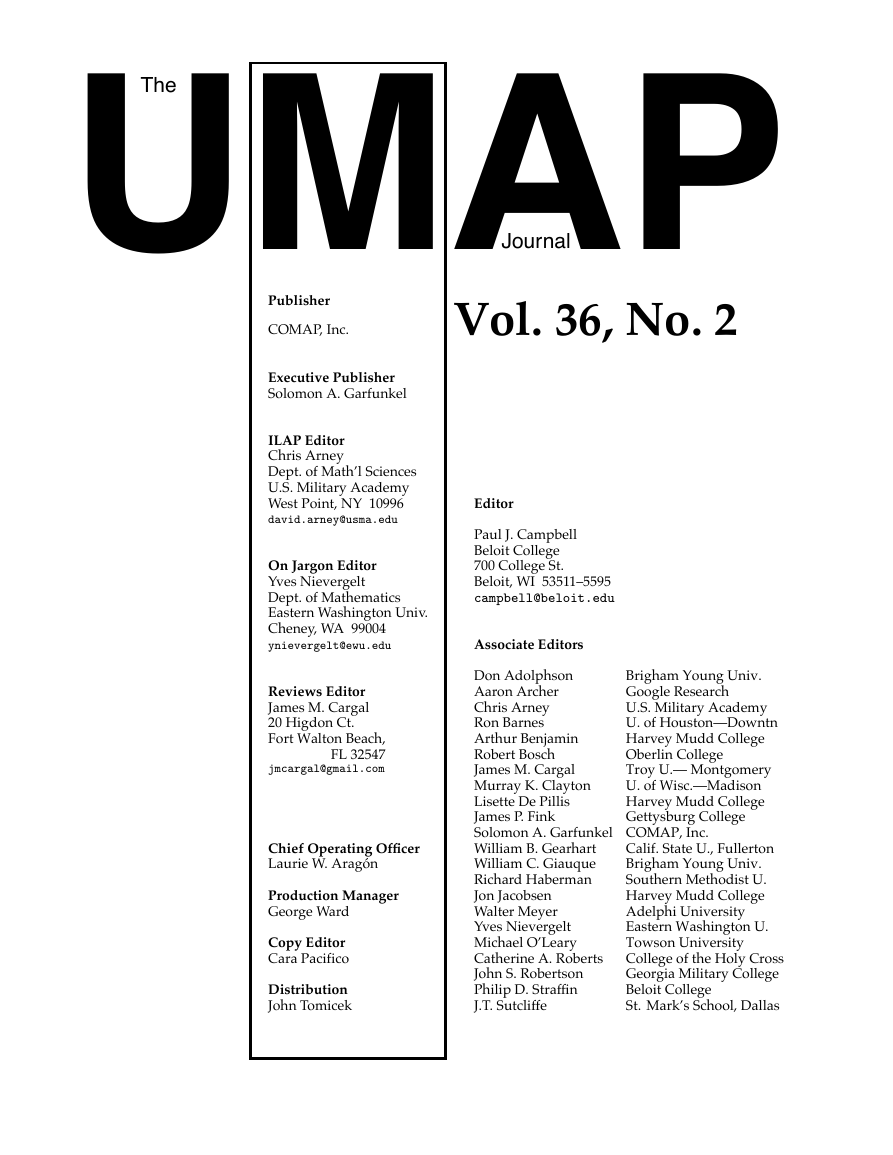
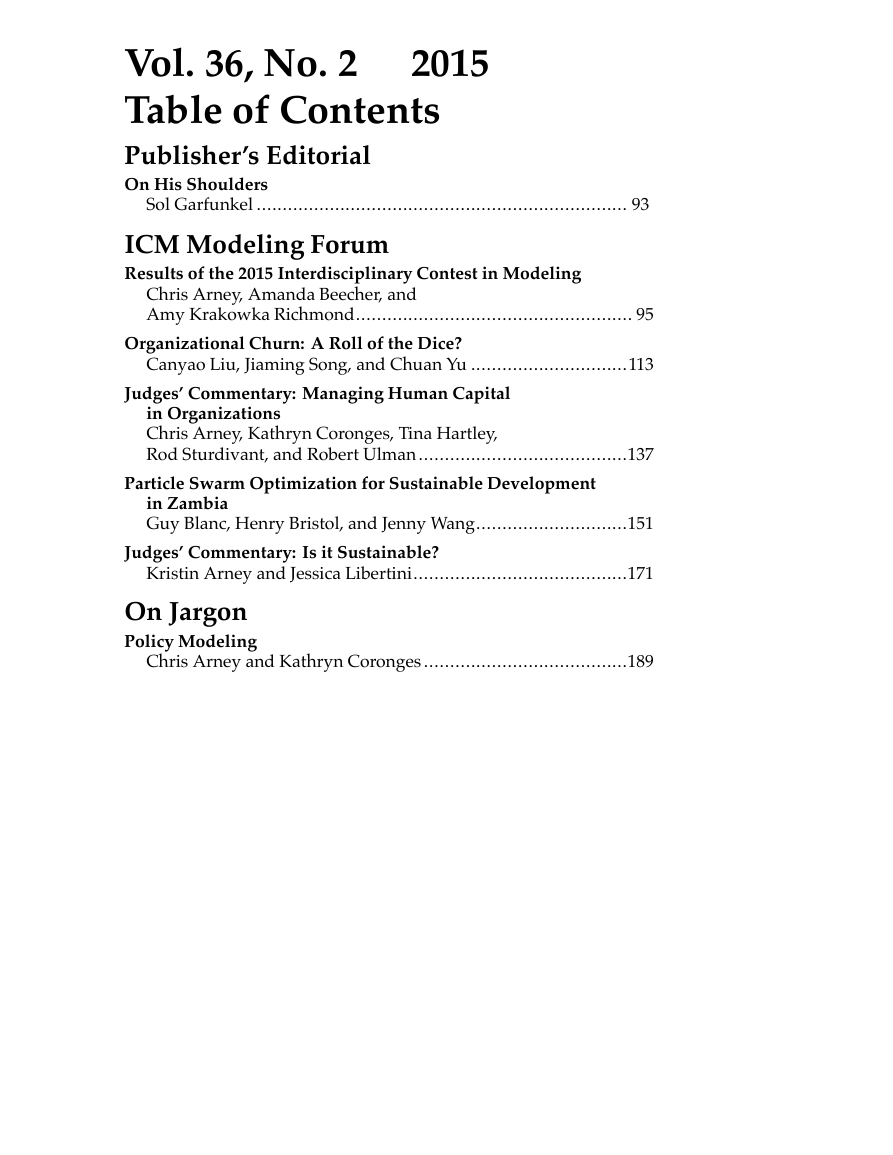
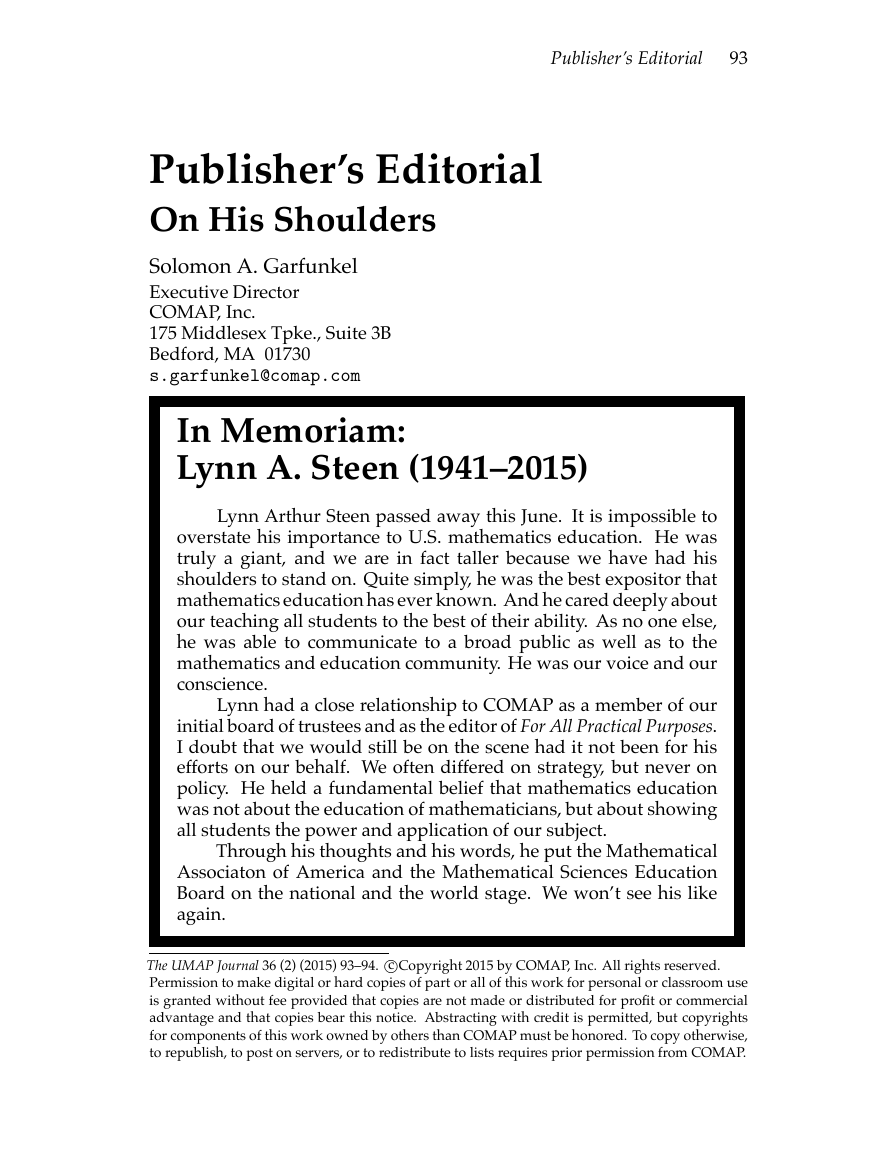
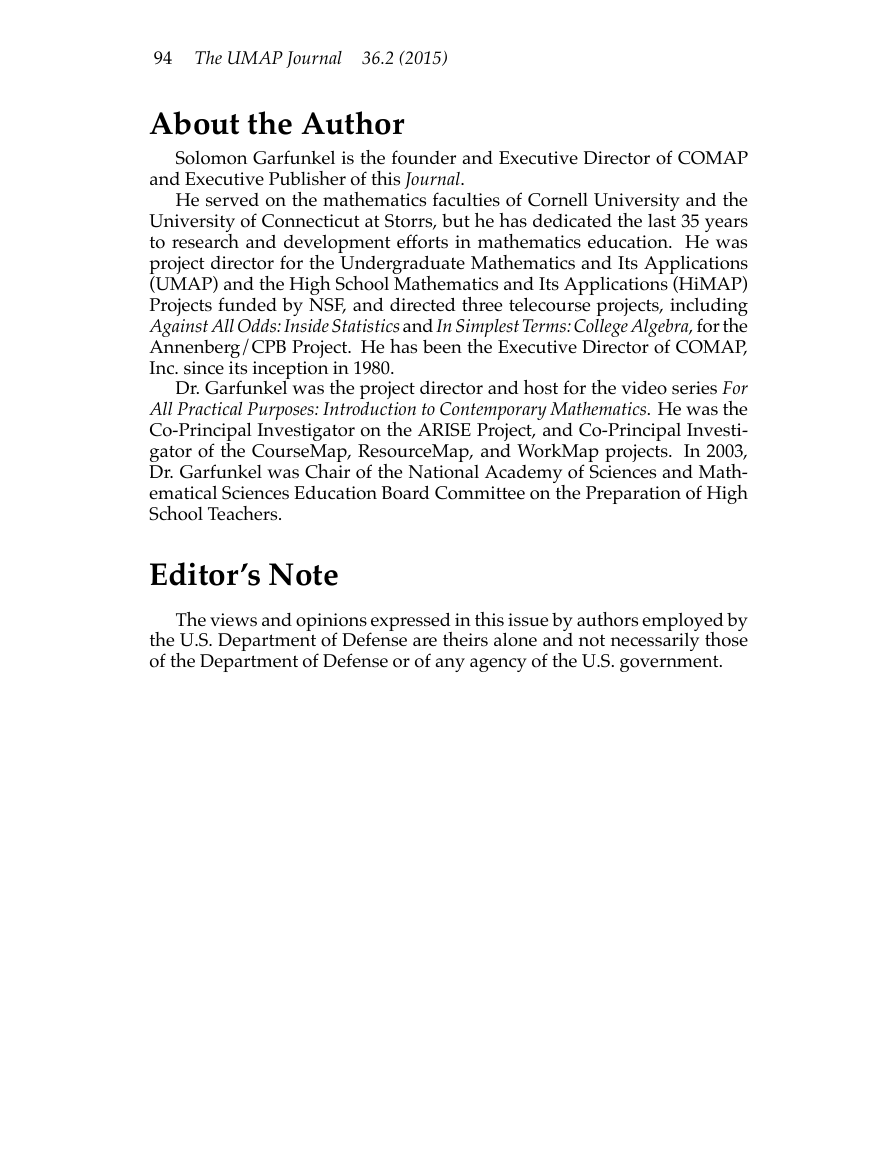
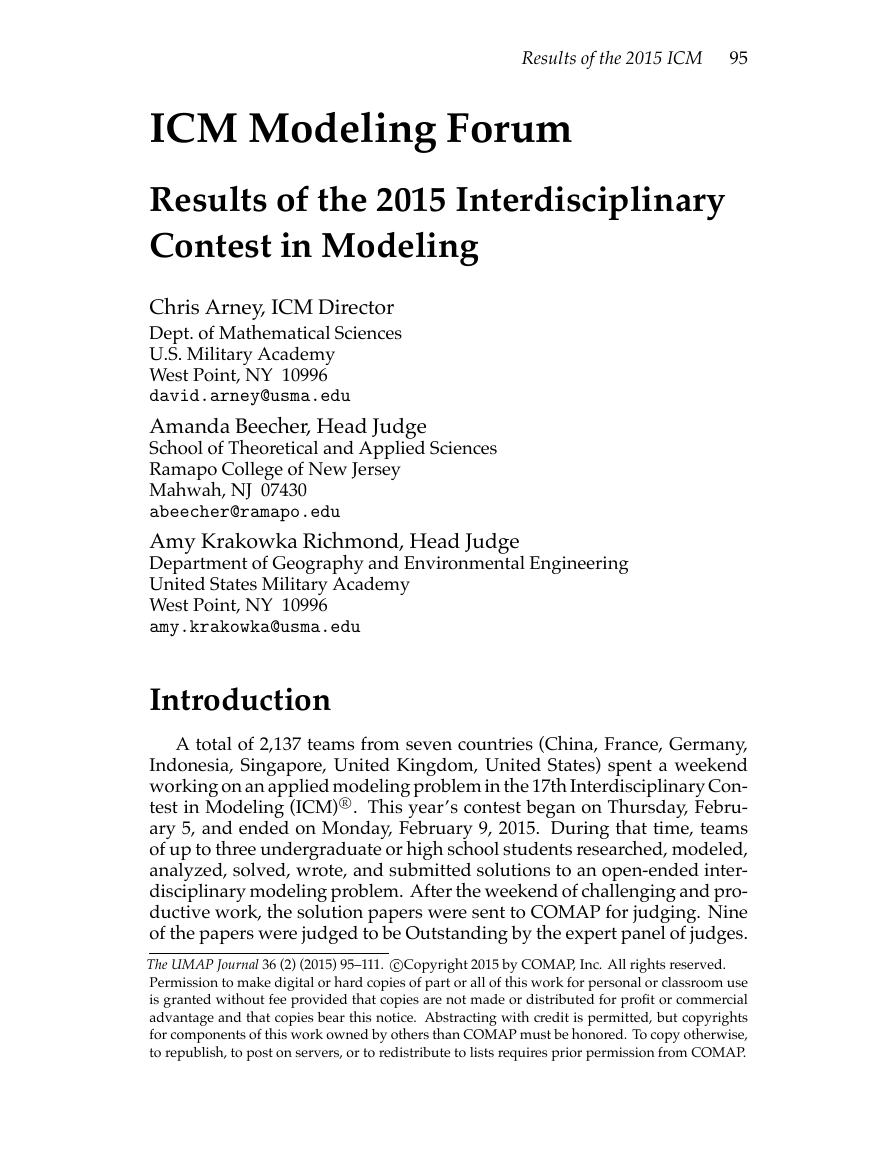

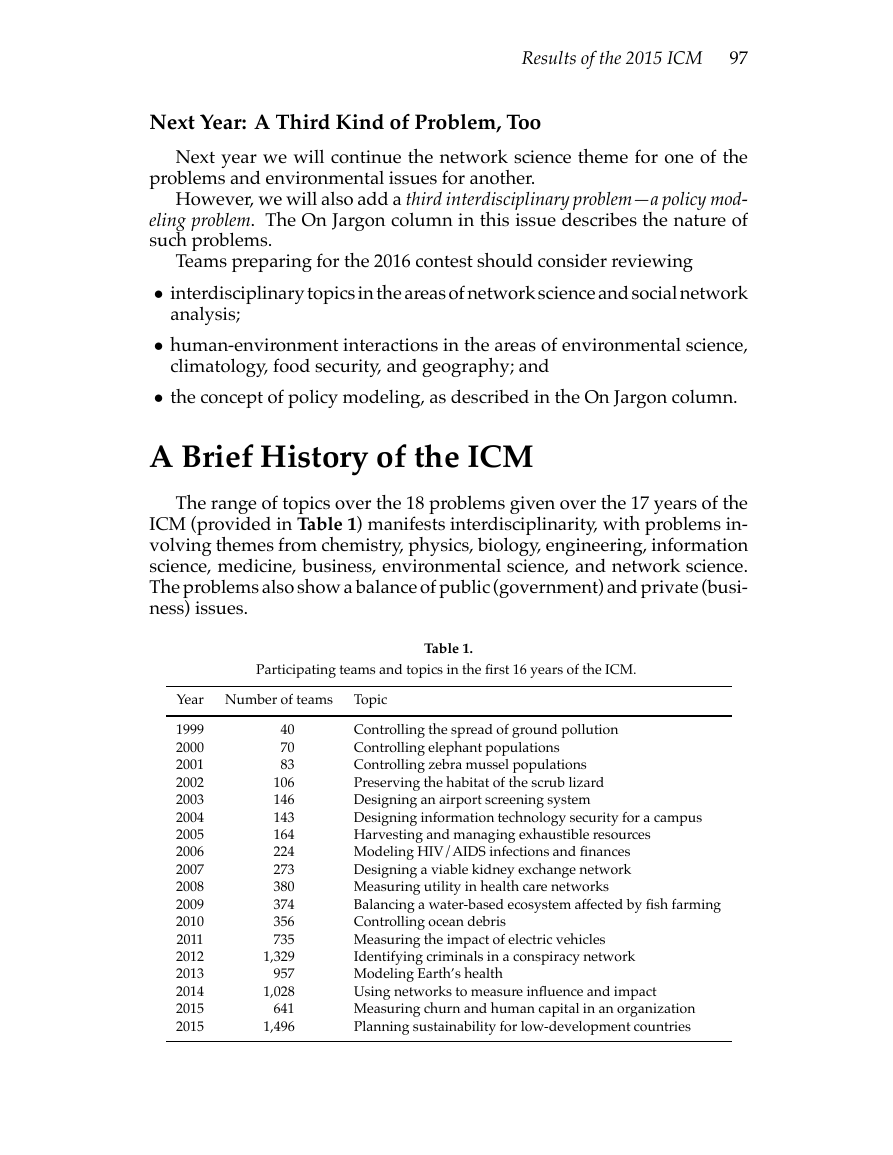
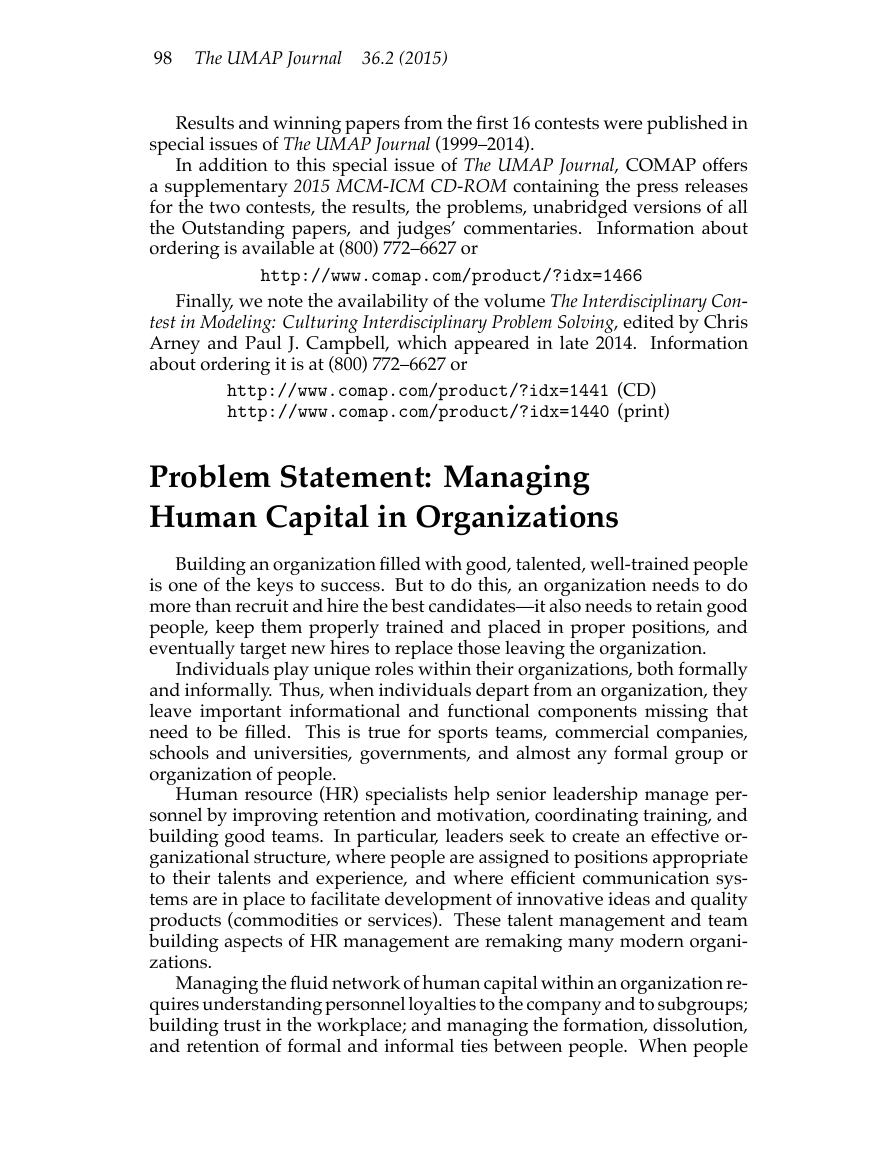








 2023年江西萍乡中考道德与法治真题及答案.doc
2023年江西萍乡中考道德与法治真题及答案.doc 2012年重庆南川中考生物真题及答案.doc
2012年重庆南川中考生物真题及答案.doc 2013年江西师范大学地理学综合及文艺理论基础考研真题.doc
2013年江西师范大学地理学综合及文艺理论基础考研真题.doc 2020年四川甘孜小升初语文真题及答案I卷.doc
2020年四川甘孜小升初语文真题及答案I卷.doc 2020年注册岩土工程师专业基础考试真题及答案.doc
2020年注册岩土工程师专业基础考试真题及答案.doc 2023-2024学年福建省厦门市九年级上学期数学月考试题及答案.doc
2023-2024学年福建省厦门市九年级上学期数学月考试题及答案.doc 2021-2022学年辽宁省沈阳市大东区九年级上学期语文期末试题及答案.doc
2021-2022学年辽宁省沈阳市大东区九年级上学期语文期末试题及答案.doc 2022-2023学年北京东城区初三第一学期物理期末试卷及答案.doc
2022-2023学年北京东城区初三第一学期物理期末试卷及答案.doc 2018上半年江西教师资格初中地理学科知识与教学能力真题及答案.doc
2018上半年江西教师资格初中地理学科知识与教学能力真题及答案.doc 2012年河北国家公务员申论考试真题及答案-省级.doc
2012年河北国家公务员申论考试真题及答案-省级.doc 2020-2021学年江苏省扬州市江都区邵樊片九年级上学期数学第一次质量检测试题及答案.doc
2020-2021学年江苏省扬州市江都区邵樊片九年级上学期数学第一次质量检测试题及答案.doc 2022下半年黑龙江教师资格证中学综合素质真题及答案.doc
2022下半年黑龙江教师资格证中学综合素质真题及答案.doc